Boosting Phonics Engagement with Science of Reading Literacy Centers
Phonics. Just saying the word may trigger memories of countless lessons filled with letters, sounds, and combinations. Let’s face it—phonics isn’t exactly the most thrilling topic for our students. It’s often a challenge to find a way to get their attention, keep it, and foster their active participation. So, what can we do to change this critical part of our students’ reading education from monotonous to mesmerizing?
Let’s tackle this head-on. Let’s talk about how to use phonics activities that provide intentional, meaningful practice that won’t bore our kids to tears. I’m telling you- it is possible to make phonics interesting and interactive. If you’re ready to give your phonics lessons a boost and get your students excited about phonics, read on. Let’s make learning phonics an experience to look forward to!

Table of Contents
Rising to the Challenge by Engaging Students in Phonics
Keeping students engaged during phonics lessons is definitely not a walk in the park. If you’re anything like me, you’ve likely seen your fair share of daydreaming faces and drifting focus during phonics time.
And I get it, truly I do.
Phonics instruction can sometimes come off a little dry and repetitive, which can make it tough for our little learners to stay on track.
But here’s the thing. These lessons are vital for building strong reading skills.
So here’s the question: How can we make phonics a more captivating experience without compromising its essential structure and function? We need to find ways to stir up excitement, hold their focus, and even add a little fun to phonics! It’s a tall order, no doubt, but trust me, it’s a challenge worth accepting.

Phonics Engagement Through Science of Reading Literacy Centers
Interactive learning— this is where we unlock the true potential of student engagement.
While traditional phonics lessons hold their value, our modern-day learners need us to take the best of these lessons and adapt them to fit their unique needs. Instead of our students passively receiving the information, we should provide them with opportunities to jump right in and become active participants in their own learning journey. This shift from passive to active learning is the game-changer in keeping students intrigued and involved in their phonics instruction.
When we’re dealing with phonics, providing hands-on activities can turn what may seem to be a mundane lesson into something genuinely engaging. It’s the difference between students hearing about phonics and them actually getting to interact with the sounds, words, and letters- without getting lost in whole-group lessons and activities.
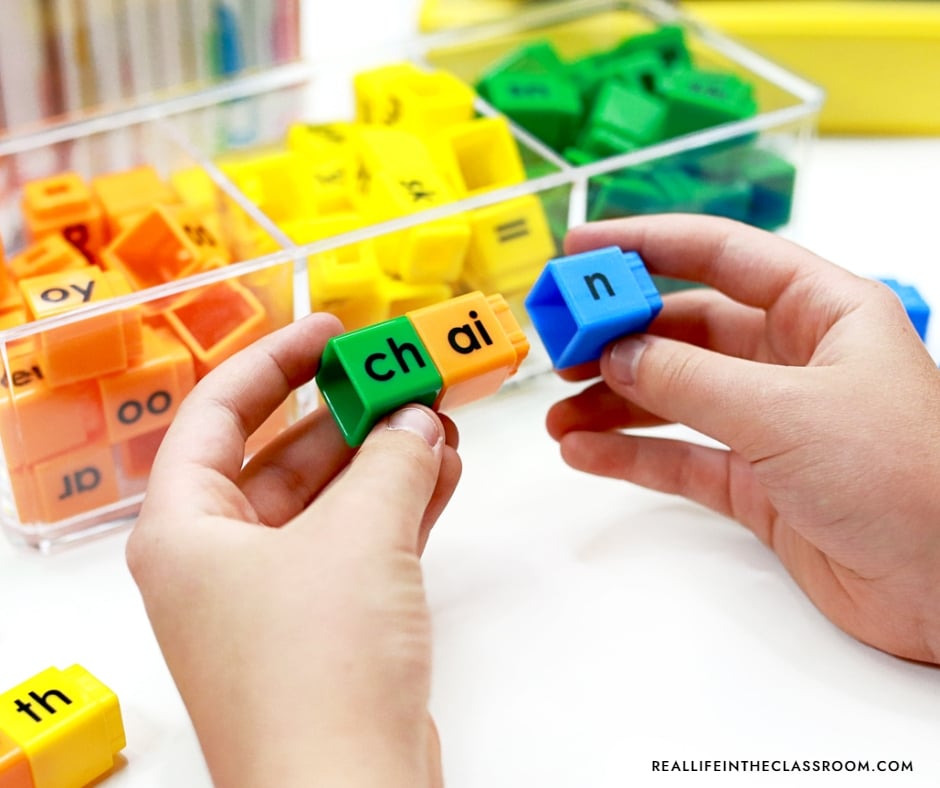
Let’s talk about the crucial role of literacy centers. Well-planned literacy centers that are in sync with our phonics teaching can be just what we need to catapult our students’ engagement levels through the roof. These centers are where our students get to use the phonics skills they are learning in a meaningful and exciting way. They provide our students with the opportunity to apply, practice, and consolidate what they’ve learned.
Picture literacy centers as the perfect platform for students to actively engage with phonics in a way that reinforces their learning and nudges them towards becoming more proficient readers.
It can be a challenge to create or find phonics centers with meaningful practice but don’t worry. I’ve got you!
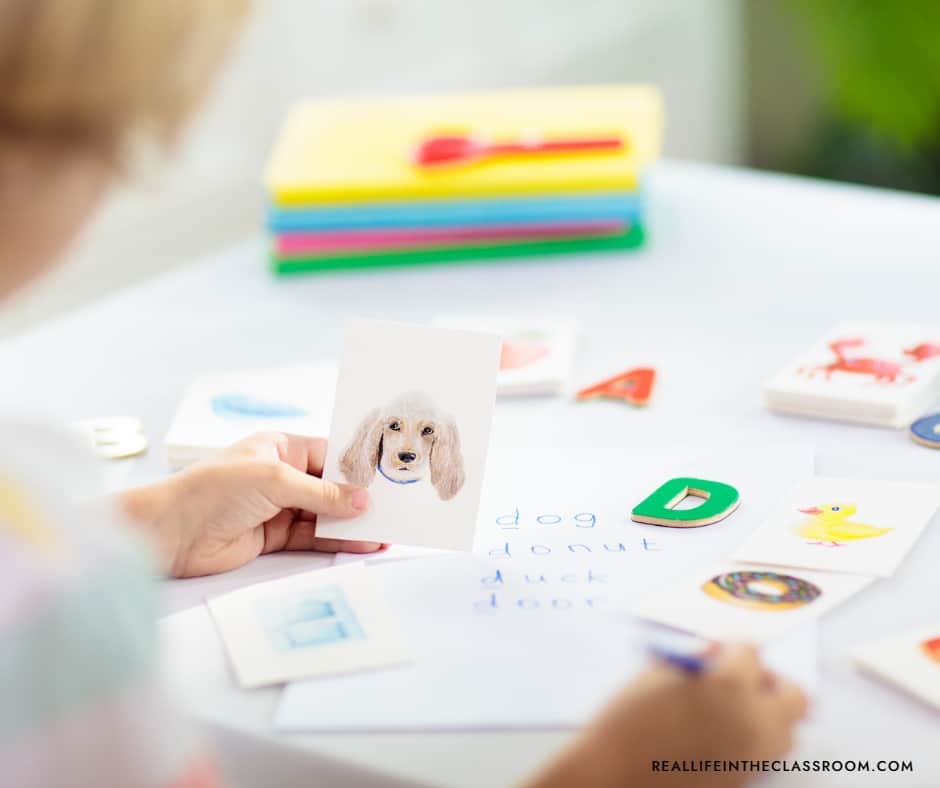
Boosting Phonics Mastery with Interactive Activities
As a first grade teacher for over ten years, I’ve come to realize that the key to addressing classroom challenges often lies in creativity and adaptability. This is especially true when we’re striving to boost student engagement in phonics instruction. A pivotal component? Interactive phonics activities.
Interactive phonics activities offer students the opportunity to apply and practice what they’ve learned in a compelling, meaningful way. These activities are designed to encourage students to delve deeper into their lessons and play an active role in their phonics education. The active involvement is what truly ignites their understanding and retention of phonics concepts.
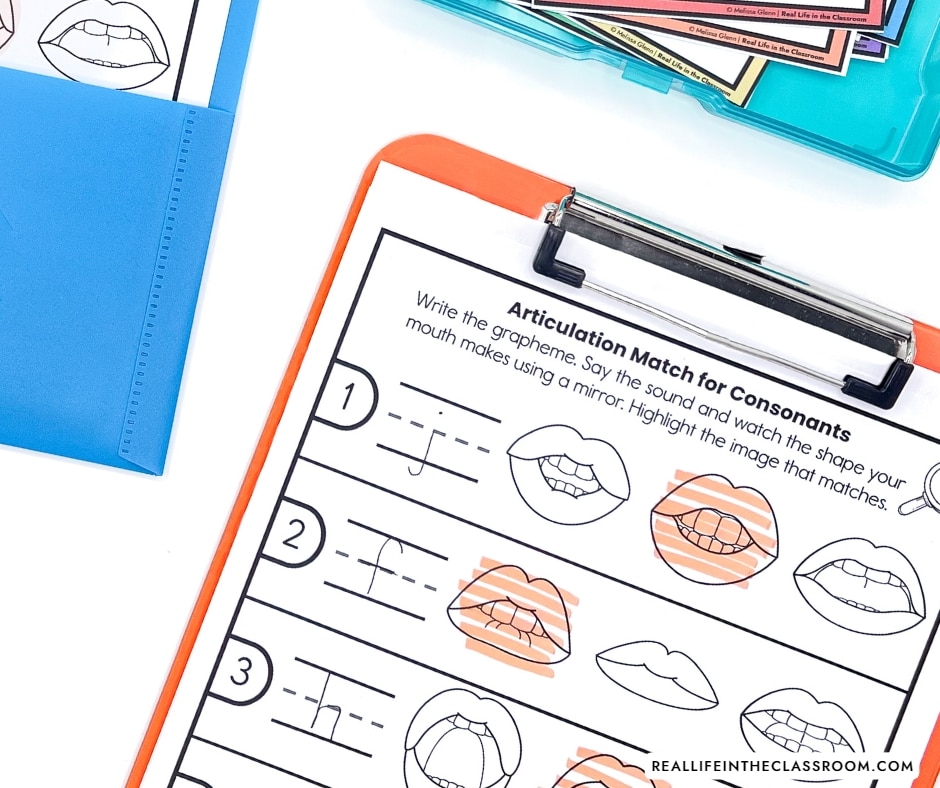
To maximize the benefits of interactive activities, it’s crucial to incorporate a variety of them into our lessons. Each one comes with its own unique attributes and can contribute differently to our students’ learning experience. So, alongside traditional phonics instruction, seek out different activities that engage students in varied and unique ways, helping them to practice and grasp phonics in more depth.
In my own classroom, I’ve found literacy centers that focus on phonics to be a particularly effective tool. These centers present activities that enable students to put their newly acquired phonics skills to use, reinforcing their understanding through hands-on, interactive practice.
One resource I believe to be a game-changer is my Science of Reading Literacy Centers for Articulatory Gestures. This resource is a collection of six easy-to-prep phonics centers that each focus on a distinct group of sounds (consonants, short vowels, long vowels, digraphs, diphthongs, and r-controlled vowels).

What sets it apart is how it engages students with the sounds of phonics in a whole new way. The students make the sounds of given graphemes while looking in a mirror, helping them to focus on the nuances of different phonemes and the articulatory gestures involved in phonics. Plus, they’re a breeze to set up and don’t require any unusual or hard-to-find materials.
However, this resource is just one example among many. The key takeaway? Diversify your toolbox with different types of interactive phonics activities that help your students engage and practice phonics in various ways.
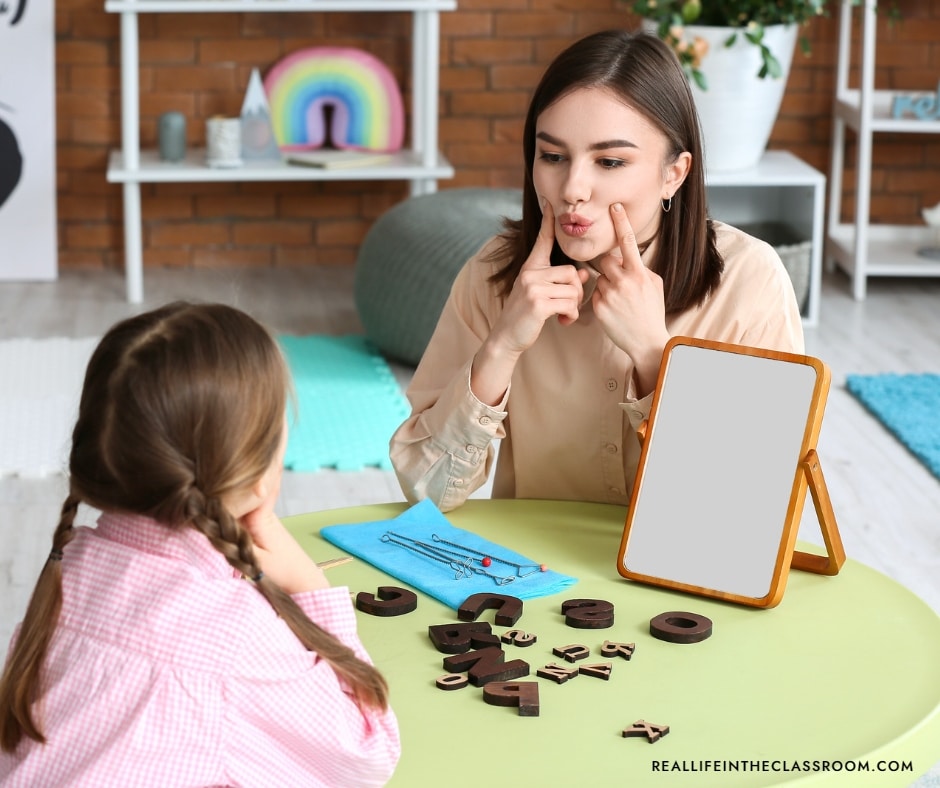
By integrating a range of interactive phonics activities into your literacy centers, you’re providing your students with a fun way to practice and reinforce their phonics skills. It turns them into active participants in their learning journey, rather than passive recipients of information.
Interactive phonics activities, including resources like my Literacy Centers for Articulatory Gestures, have the potential to excite your students and actually get them excited for their next phonics lesson.
Harnessing the Power of Literacy Centers
Changing up phonics instruction doesn’t mean we have to reinvent the wheel. It’s about enhancing our time-tested teaching methods with engaging, interactive activities that resonate with our 21st-century learners.
Engaging phonics activities have the ability to catch the attention of our students. They give them a chance to get hands-on, dig into their lessons, and fully grasp and remember what they’re learning.
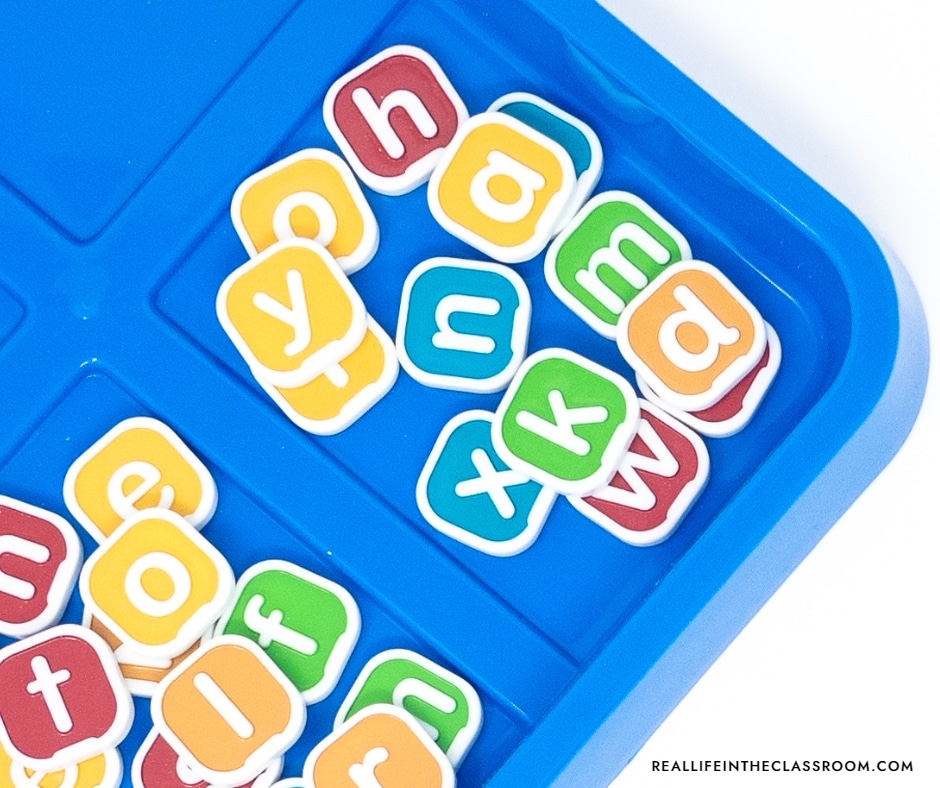
Our aim is to make the classroom a place where our students don’t just learn, but also develop a lifelong love for learning. And you know what? With the right blend of traditional phonics instruction and interactive activities, we can make phonics something our students eagerly look forward to. It’s not easy, for sure, but let’s not forget—we’re in this together.
That Science of Reading Literacy Centers for Articulatory Gestures resource I mentioned earlier? It’s just a drop in the ocean of all the amazing phonics resources out there. I truly hope it, along with other resources like it, will serve as a springboard for you as you start exploring meaningful activities that grab your students’ attention in new ways.
So, let’s do this. Add some variety to your teaching toolkit, and watch as your phonics lessons transform into something that both you and your students will love. Always remember, you’ve got this!
Time to Boost Your Phonics Teaching
You’ve learned about the potential that interactive phonics activities can bring to your classroom. Now, it’s time for action.
My Literacy Centers with Articulatory Gestures resource is ready for you on TPT. This resource is crafted to enhance your phonics teaching with hands-on activities that bring phonics to life for your students.
These centers make phonics instruction more engaging and manageable, turning your classroom into a vibrant learning space.
Find it on TPT, integrate it into your phonics lessons, and experience the transformation. Let’s take this step towards making phonics fun together. You’ve got this!
Learn More
To enhance your phonics instruction even more, consider implementing a sound wall in your classroom. My blog post, “Transform Your Phonics Instruction with a Sound Wall”, provides insight into this effective tool. When used alongside Science of Reading Literacy Centers, a sound wall can further empower your students’ phonics learning and understanding. Explore how these two powerful resources can work together to boost your reading instruction.
Frequently Asked Questions
What is the importance of phonics in reading education?
Phonics is vital in reading education as it helps students understand the correlation between letters and sounds, forming the basis for literacy.
What are the Science of Reading Literacy Centers?
Science of Reading Literacy Centers are hands-on, interactive centers that focus on teaching phonics through engaging activities, tailored to be in sync with the natural science of reading development.
Can I integrate the Science of Reading Literacy Centers into my existing curriculum?
Absolutely! The Science of Reading Literacy Centers are designed to complement and enhance any existing phonics curriculum, providing additional practice and engagement opportunities for students.
What is unique about the Science of Reading Literacy Centers for Articulatory Gestures?
This resource engages students with the sounds of phonics in a novel way. It focuses on the articulatory gestures involved in phonics, encouraging students to observe their own phoneme production in a mirror, which enhances their understanding and proficiency.
Can these literacy centers be used in both individual and group settings?
Yes, the Science of Reading Literacy Centers can be effectively used in both individual and group settings. They are flexible and adaptable to suit the needs of your classroom.







